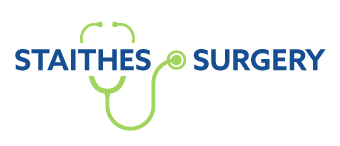Our team
Doctors – partners and GPs
Dr Lydia Gallagher
BSc (Hons), MBChB, MRCGP
Dr Anna Mejsak
M.D, Bs.CH, M.R.C.G.P, R.C.G.P
Dr Harry Walker
MBBS, MRCP, MRCGP
Salaried GP
Dr Richard Rigby
MBBS, BMED SCI (hons), MRCGP, DRCOG
Practice Nurse
Helen Storr
Helen works alongside the doctors in the practice to provide care for patients with chronic conditions such as asthma, diabetes and hypertension. She also does cervical smears and many other nursing procedures.
Healthcare Assistant
Vickie Lund
Vickie is available for blood and urine tests, ECGs, dressings and a number of other nursing tasks.
Management and support staff
Practice Manager
Vicki Pearson
Care Coordinator
Joanne Sutherland
Beth Hall
Dispensing/Reception team
Sue Thomson
Jess Stubbs
Sharon Campbell
Claire Godbold
Libby Knaggs
Amie Queen
Administration team
Claire Green
Jodie Hinds
Attached Staff
Primary Care Community Nurse
Helen Storr
District Nurse
Whitby Team
District Midwife
Louise Clarke
Health Visitor
Hannah Bourenane
First Contact Primary Care Mental Health Worker
Sarah Godbold
Mental Health Primary Care
The Anchorage Mental Health Team
Podiatrist
Scarborough Hospital Community Team
Physiotherapist
Scarborough Hospital Community Team
Practice Pharmacist
Jo Linton
Our CCG (clinical commissioning group)
North Yorkshire Clinical Commissioning Group
1 Grimbald Crag Court
St James Business Park
Knaresborough
HG5 8QB
Tel: 01609 767607
Email: NYCCG.Enquiries@nhs.net
Website: www.northyorkshireccg.nhs.uk
